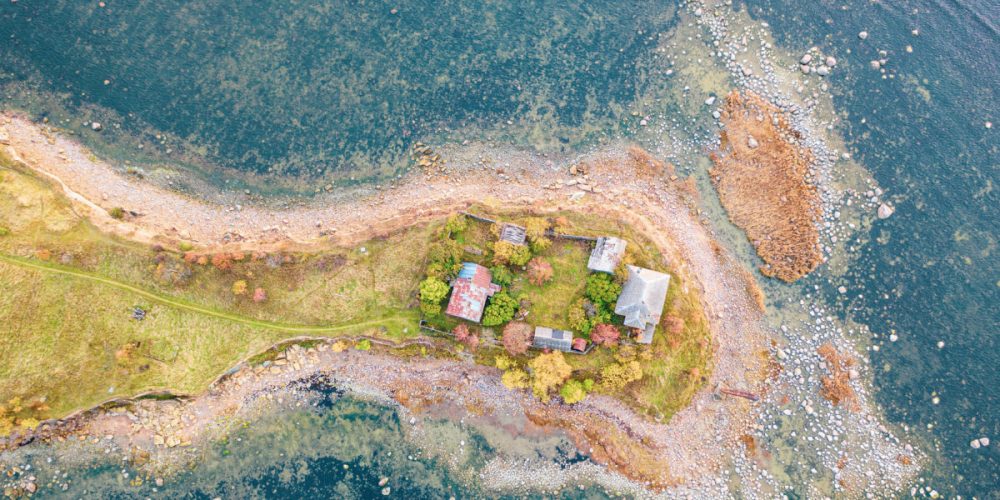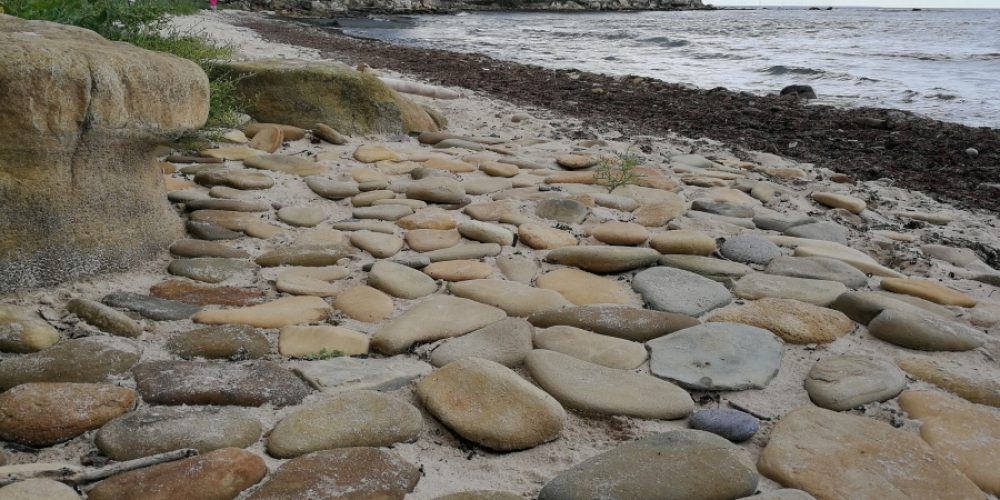Mysterious Suurupi
Suurupi is one of the historical gems of Peter the Great’s sea fortresses. Located just about 30 minutes’ drive from Tallinn City Centre. Urban people are looking for activities for evenings and weekends. One of the pleasurable activities is walking in nature. This region offers not only beautiful nature, but also history gems. What could be more pleasant?

Suurupi Lower Lighthouse
The lighthouse, which is shaped like a four-sided truncated pyramid and has a slab roof, was completed in 1859.
Together with the Suurupi stone lighthouse, the lighthouses form a target of 246.5⁰, which helps vessels leaving the Tallinn Bay between Naissaar and Vahemadal.
Suurupi lower lighthouse is the oldest working wooden lighthouse in Northern Europe and is among the 100 most valuable operating historical lighthouses of the International Association of Marine Aids to Navigation and Lighthouse Authorities (IALA). The whole complex is a cultural heritage site under state protection.

Suurupi Upper Lighthouse
People have been lighting bonfires on the highest limestone shore in Suurupi for centuries. In 1760, a massive limestone lighthouse was built here to warn captains about rocks in the water and direct the ships safely to the Reval harbours. At first, a live fire was made at the top of the lighthouse. The balcony of the lighthouse, which is located 63 meters above sea level, offers an amazing view of the Tallinn and Lohusalu Bay.
The lighthouse hosts an exhibition of the technology used in the lighthouse and you can get acquainted with the history of Estonian maritime and Suurupi lighthouses.

Ninamaa Fog Light Station
Suurupi’s name has historically evolved from the Estonian words “Suur” (Big) + “pea” (head), with Surpe as a place name on old maps. The most beautiful cape on the peninsula is called Ninamaa. Cape Ninamaa and Suurupi boulders, or reefs, have sunk many ships in storms and fog. In order to better protect the ships in the fog, a Fig Light Station was built in 1998, along with a siren watchman house and a kerosene fence. Currently, the cape is thin due to sea waves and buildings are in danger of falling into the sea.

Coastal Hiking Trail
Baltic Coastal Hiking is a long distance hiking route, part of E9, along the Baltic Sea coast. The hiking route starts at the Lithuanian-Russian border in the village of Nida in Lithuania, leads through Latvia and finishes at the Port of Tallinn in Estonia.
